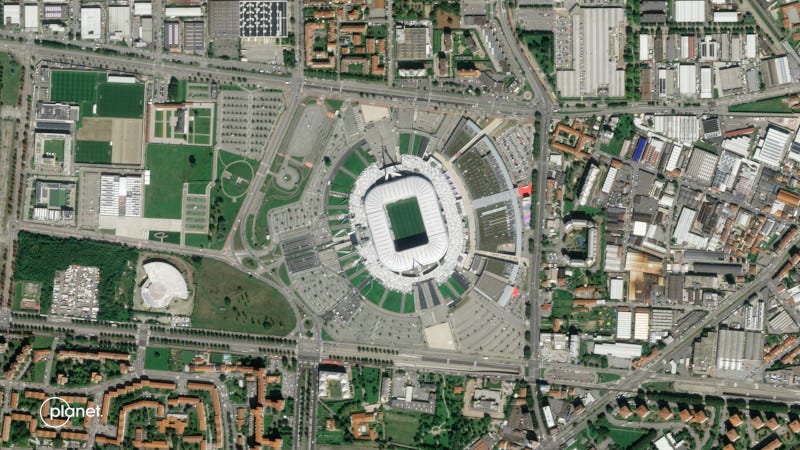First Light Image From Pelican-3 Satellite Released
Multiple Pelican Launches Planned by Planet Next Year
First light images from the Pelican-3 satellite of Turin, Italy have been released. The image shown here was taken on September 5 from an altitude of ≈301 miles, and image quality is expected to improve as the spacecraft complete the instrument calibration process and reach their final operational orbits. The Planet Labs Pelican-3 and Pelican-4 spacecra…
Keep reading with a 7-day free trial
Subscribe to The Journal of Space Commerce to keep reading this post and get 7 days of free access to the full post archives.



